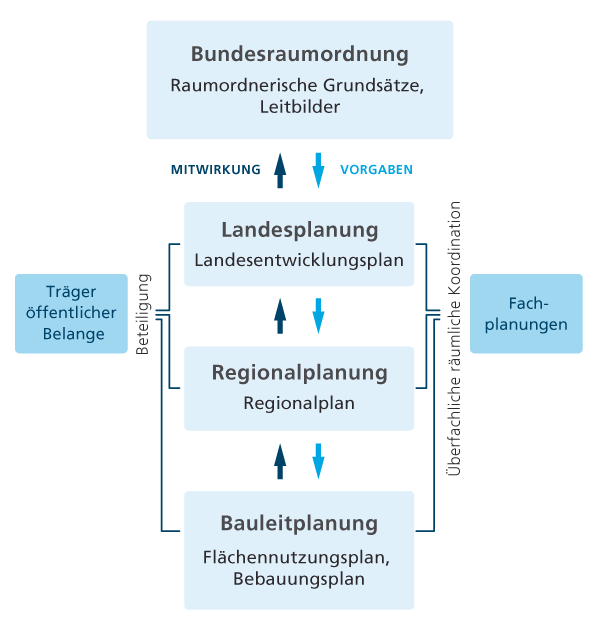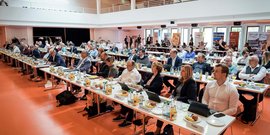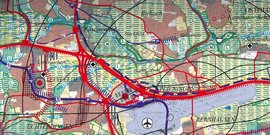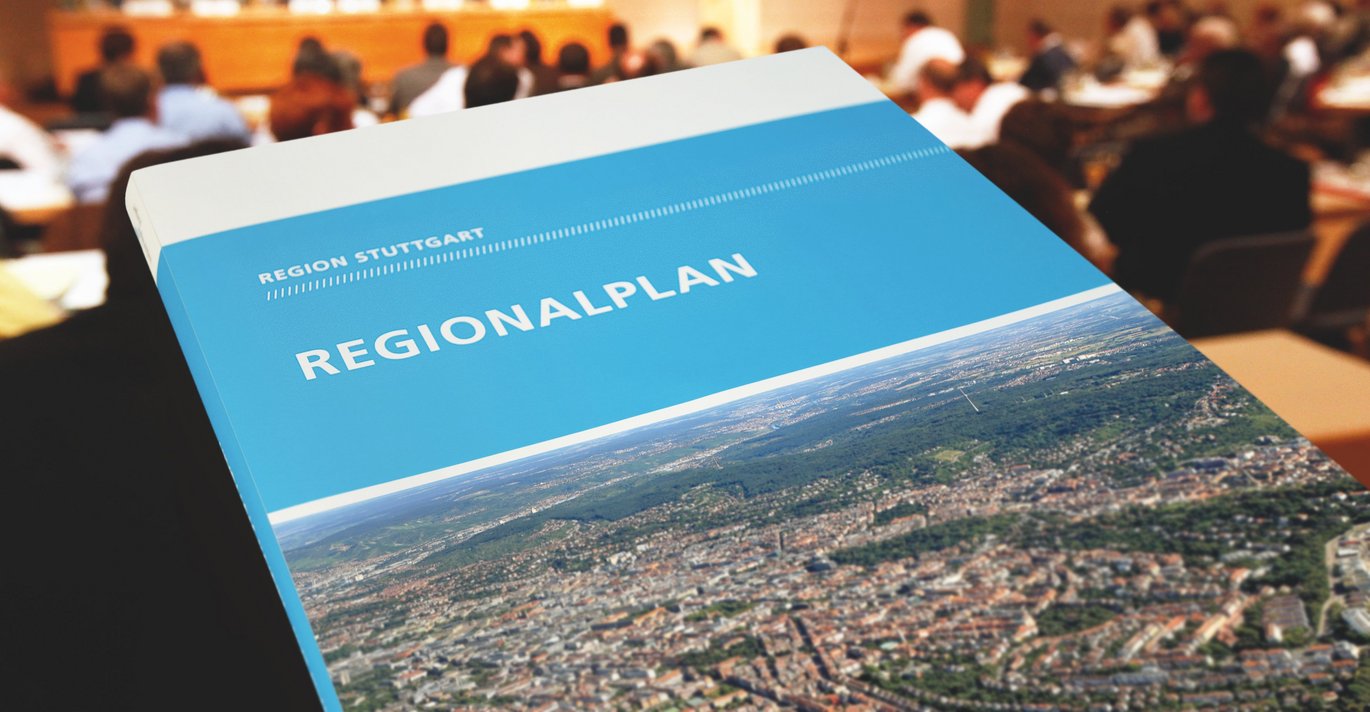The goal of the Stuttgart Region Association's regional planning is to further develop the diversity, quality of life and economic performance of the region in a forward-looking and sustainable manner. A challenge in times of globalization, climate change and demographic change with an ageing population. Responsible planning is more necessary than ever. The most important instrument here is the regional plan as an overall spatial planning concept for the Stuttgart Region.
Of course, regional planning does not take place in a vacuum. It is based on the state development plans of the federal states as well as federal spatial planning and is located between the general development guidelines of the state and the concrete planning of cities and municipalities. These are binding guidelines for sectoral planning and municipal urban land-use planning. Towns and municipalities are responsible for urban land-use planning. They draw up land use plans that cover the existing and planned use of the entire municipal area. From this, development plans are developed as legally binding, parcel-specific plans: together for the future of the region.

The towns and municipalities provide planning input in the course of several planning rounds (principle of countervailing influence). Associations, authorities, the public, various chambers and trade unions are also involved. These range from the Regional Government Office to the Naturschutzbund conservation group.
Verband Region Stuttgart is in no way limited to rigorously implementing the regional plan. It also provides impetus for regional development, for example by initiating projects. This involves an integrated approach by the region, the local authorities and other institutions. It requires active participation in research projects as well as studies on diverse issues of regional collaboration.
Found out more about past and present projects here.






![[Translate to English:] S-Bahn](/fileadmin/_processed_/3/d/csm_058_-_S-Bahn_Stuttgart_ho___ehengleicher_Einstieg-1-rwilling_ce82cb0b0e.jpg)




















